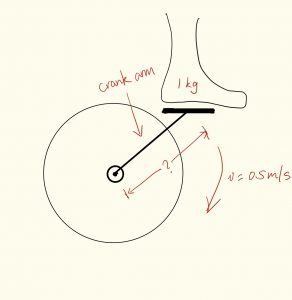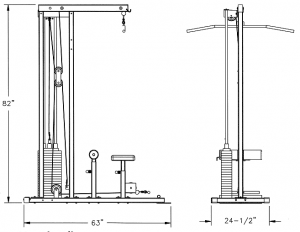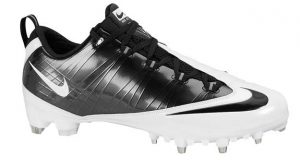Class Make Up Blog 4/6 – Focus on Chapter 11
Throughout The Sports Gene Reading this week, I wanted to focus on the author’s thoughts on race and muscles fibers. He starts off by mentioning the physical differences between Europeans and Jamaicans. Studies have shown that Jamaicans have longer legs relative to body height and slimmer hips. This is backed by Bergmann’s rule saying that “humans with recent low latitude ancestry will also tend to be more narrow, with slimmer pelvic bones” (pg. 175). The point of these differences was to ultimately look at the reasons behind the running speed scales where both of these physical features proved to be beneficial. However, Epstein found a more anatomical approach by hypothesizing that “malaria in western Africa forced the proliferation of genes that protect against it, and that those genes, which reduce an individual’s ability to make energy aerobically, led to a shift to more fast-twitch muscle fibers, which are less dependent upon oxygen for energy production”. (pg 176)
Cooper found hope in this theory with a 1986 study from Laval University in Quebec published in the Journal of Applied Physiology. The scientists took muscle samples from the thighs of sedentary students , primarily from countries in West Africa. They took the same samples from two dozen sedentary white students who were identical to the African students in age, height, and weight. The results showed that “a higher proportion of muscles in the African students was composed of fast-twitch muscle fibers, and a lower proportion was slow-twitch muscle fibers compared with the white students. Furthermore, these results showed that the African students had a significantly higher activity in the metabolic pathways that rely less on oxygen to create energy and that are engaged during an all-out sprint”. (pg. 179) This directly relates to the metabolic pathway topic review in class as we were discovering the differences between aerobic and anaerobic exercise. If the study showed that these students had metabolic pathways that rely less on oxygen to create energy, they may be more naturally inclined for sprinting since their bodies naturally choose an anaerobic pathway that doesn’t require oxygen.
In my opinion, I think this is an important study to look into as genetic factors can place people into categories where they may be more successful in certain sports. However, this chapter comments on several scientists who have no interest in investigating it because of the inevitably thorny issue of race involved. (pg. 185) When our class held a similar discussion about the topic, it came down to whether you would want to know which sports you would thrive in as a child or merely have the freedom to choose your sport/activity based on your love of the sport. Would your parents be more inclined to steer their child towards a sport if they knew they succeed? A study by Lisa Guth showed that “A favorable genetic profile, when combined with an optimal training environment, is important for elite athletic performance; however, few genes are consistently associated with elite athletic performance, and none are linked strongly enough to warrant their use in predicting athletic success.” Therefore, it seems there are a difference of opinions on whether or not genes do play an important role in athletic success. Personally, if I had known I had the potential to be a star tennis player when I was young I would have pursued it. I would be interested to see how my own muscle fiber type relates to the success in certain sports and tweak my training based on that. However, to each his own. However, it seems there is a future of correlating athleticism with genetics that may even change the way we look at sports one day.
Sources
David Epstein, The Sports Gene. Chapter 11, Pages 175-185.
Genetic Influence on Athletic Performance




























